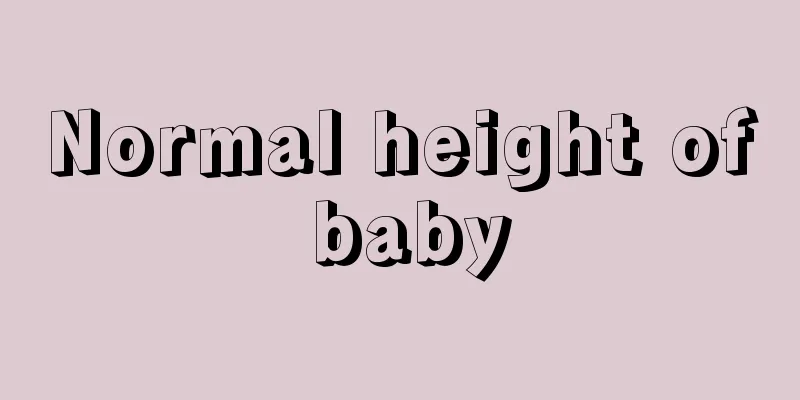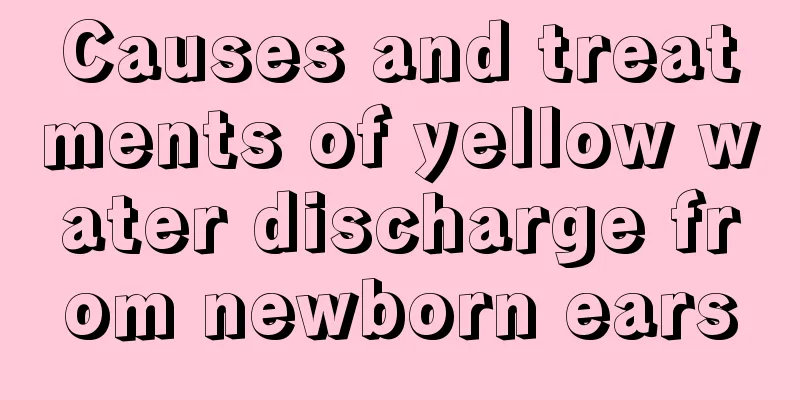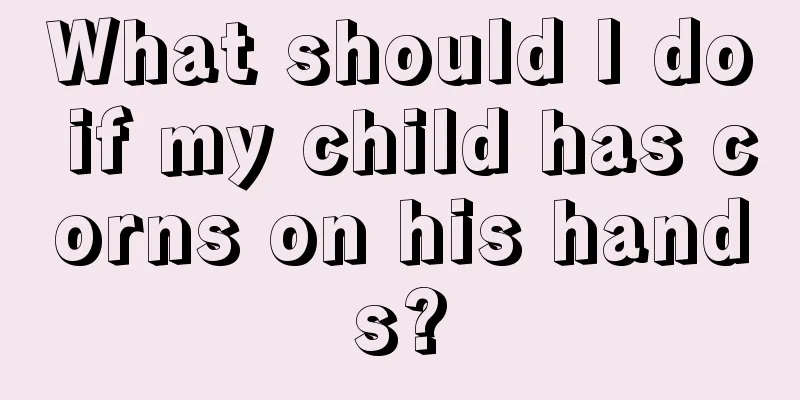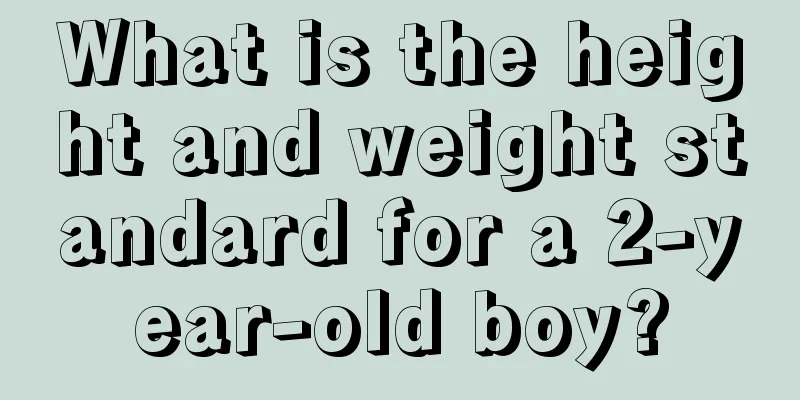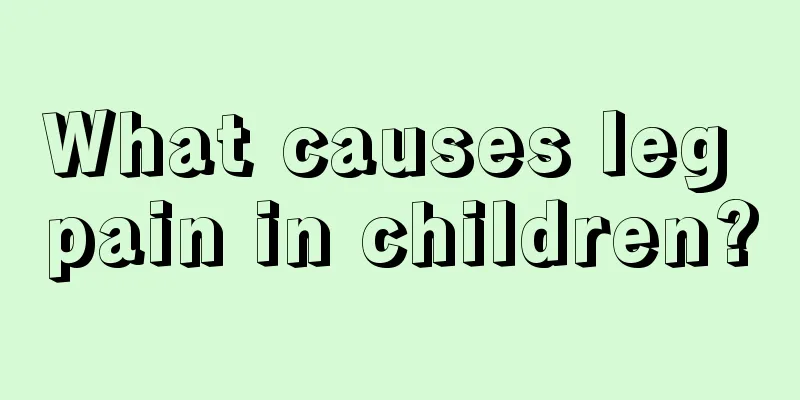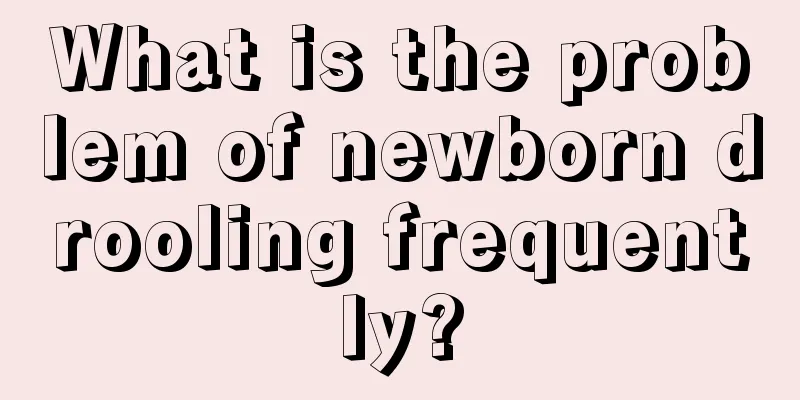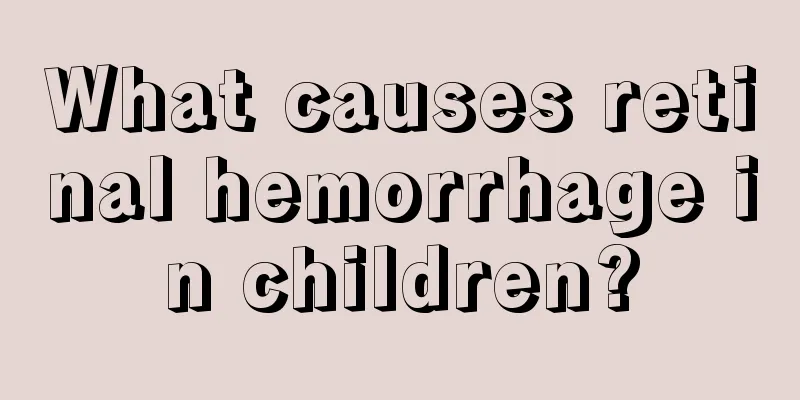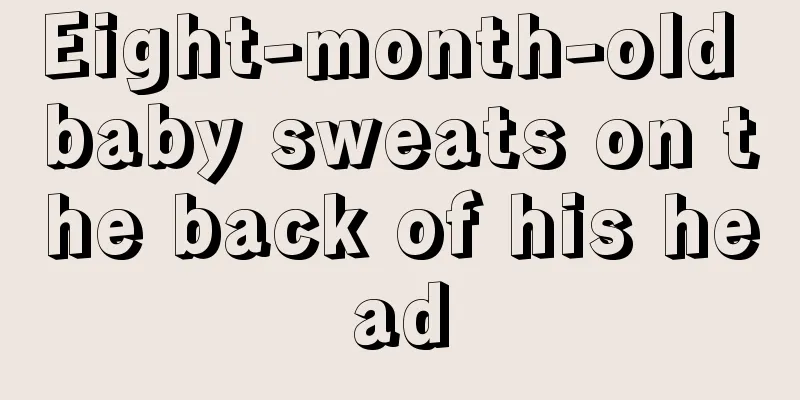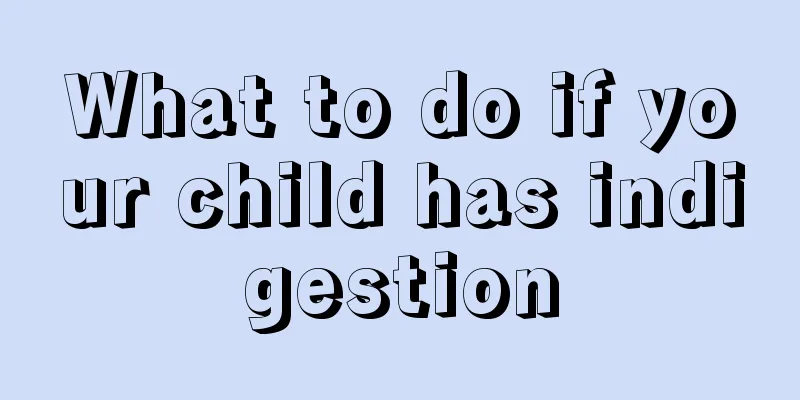What should I do if my child has asthma and cough?
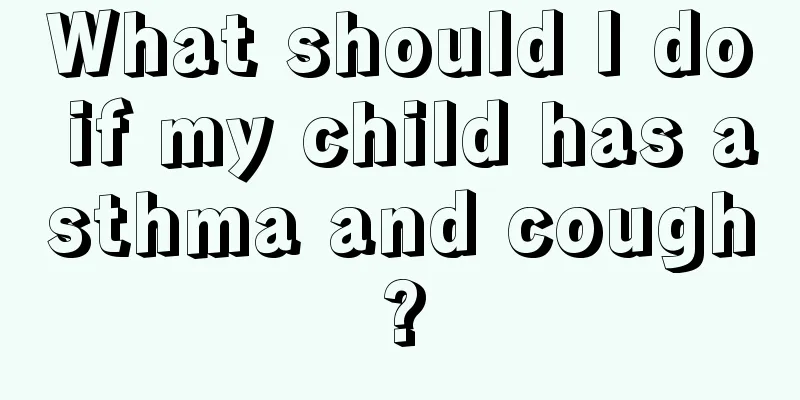
|
People of different age groups suffer from asthma, and when asthma occurs in children, it is more serious and should attract more of our attention. Because children are in the growing stage, asthma may affect their growth and development, causing physical deformities. So, if a child has asthma, what measures should be taken to treat it? 1. Traditional treatment Western medicine's three-step treatment for asthma: anti-inflammatory, anti-asthmatic, and hormone application. The use of large amounts of hormones in the anti-inflammatory process can easily lead to serious drug resistance, irritate the gastrointestinal tract, damage the liver and kidneys, reduce white blood cells, and induce blood diseases. In addition, long-term use of hormones can also cause insomnia, reduce immunity, induce diabetes, increase high blood pressure and aggravate heart disease. Oral medications: Metabolized in the liver, some of the drugs become ineffective and damage the liver. The remaining small amount of active ingredients enters the blood for distribution, and the amount reaching the lesion site is even smaller, with less effect and poorer results. Desensitization therapy: The treatment time is long, the effect is slow, and there is a risk of causing severe allergic reactions. Desensitization therapy is not suitable for people who are allergic to multiple antigens. Intramuscular injection: Long-term intramuscular injection of drugs can cause local muscle adhesion, hyperplasia, and necrosis. 2. Probiotic therapy Elevated serum IgE is the strongest indicator of cough variant asthma in children. Allergens enter the body and induce the production of specific IgE. IgE binds to mast cells and eosinophils, causing the body to enter a state of specific sensitization to the allergen. When the allergen comes into contact again, it binds to the IgE receptors on the cell membrane, causing a series of biochemical reactions, followed by the release of various biologically active mediators related to allergic reactions and inflammation, such as histamine, leading to bronchial mucosal edema, mucus production, smooth muscle contraction, and ultimately the recruitment of inflammatory cell infiltration, leading to acute airway obstruction and decreased FEV1. When a child suffers from asthma and coughs, it is important to pay attention to actively treat the child. As for what specific methods to use for treatment, you should combine the doctor's advice and treat the child according to his or her tolerance. Usually, you should pay attention to keeping your children away from allergens that cause asthma attacks to reduce the number of asthma attacks in your children. |
<<: What should children with bronchitis, cough and phlegm eat?
>>: What are the dangers of asthma in children?
Recommend
Children's daily schedule
Children are in the growth stage, and their sched...
How to identify hand, foot and mouth disease
Hand, foot and mouth disease is an infectious dis...
What should I do if my child suffers from constipation?
Children's gastrointestinal function is relat...
What should I do if my child has squint eyes? These are the treatment measures!
If parents find that their child has strabismus, ...
What should we do if children have gastrointestinal dysfunction?
Don’t think that gastrointestinal dysfunction is ...
Why do children not like to talk?
In the process of taking care of children, parent...
How to prevent children from getting body odor? These knowledge points must be remembered!
No matter who you are, once body odor occurs, it ...
What is the best treatment for eczema in children?
Eczema can be said to be the most common skin dis...
The baby keeps moving his hands and feet
The baby's physical health is very important,...
What to do if your child has cheilitis
In fact, in the early stages of cheilitis, it oft...
What are the symptoms of baby's milk aversion?
For many infants and young children, there will b...
How to style children's hair for dancing
Whether it is kindergarten or primary school, the...
Why are children's lips red?
Some children have abnormal physical phenomena, s...
What to do if your 2-year-old baby has a lot of yellow eye mucus
Two-year-old babies should pay attention to their...
How long does it take for baby's throat herpes to heal?
Throat herpes is a relatively common condition at...
